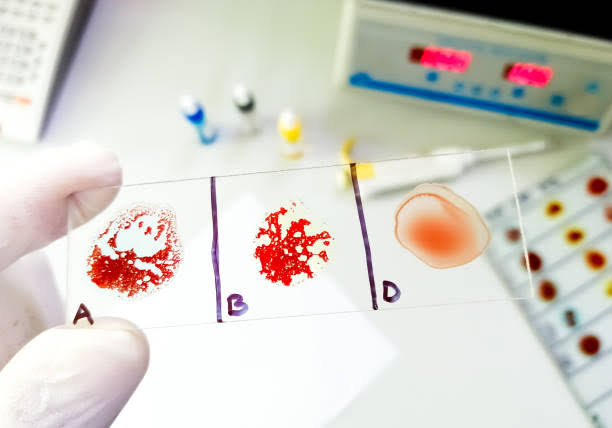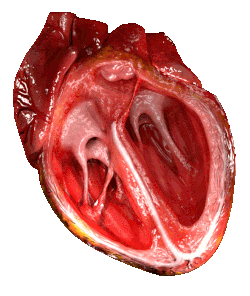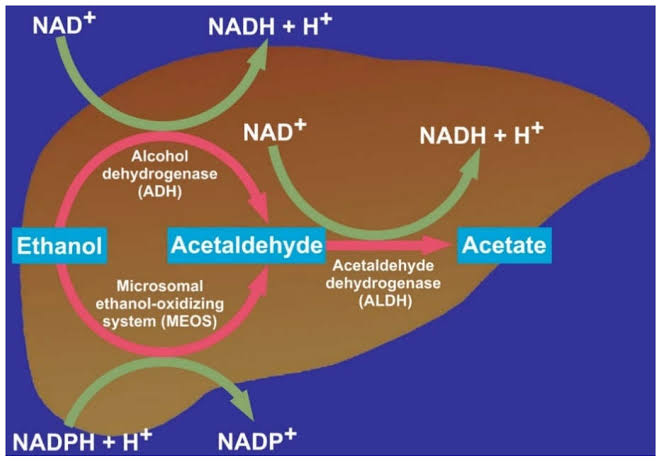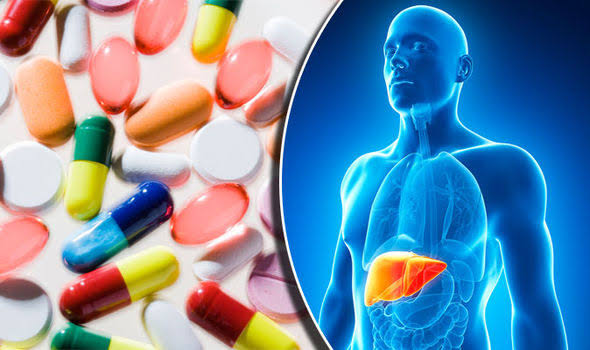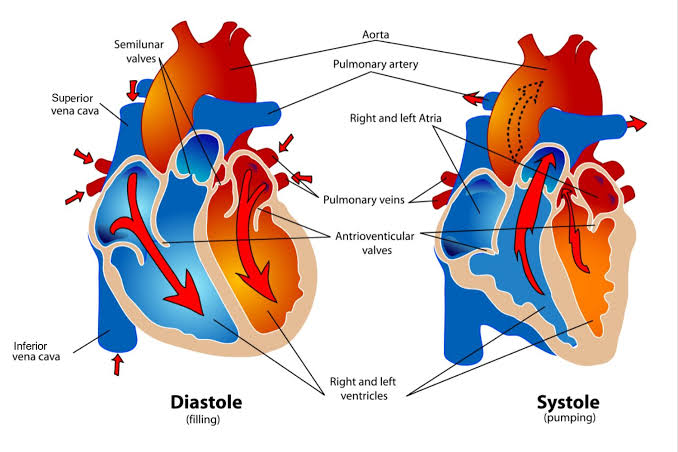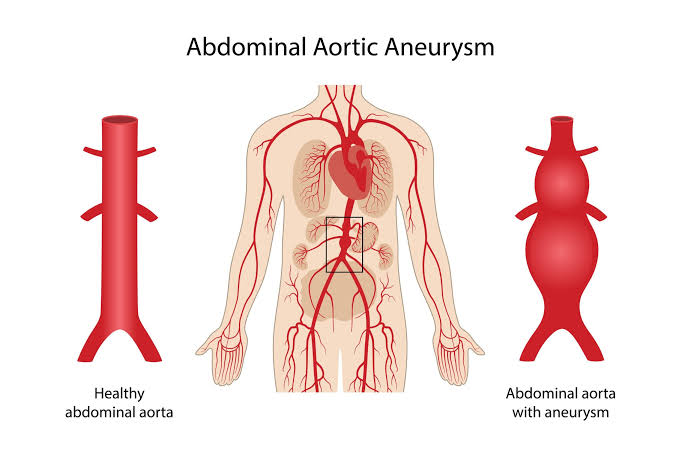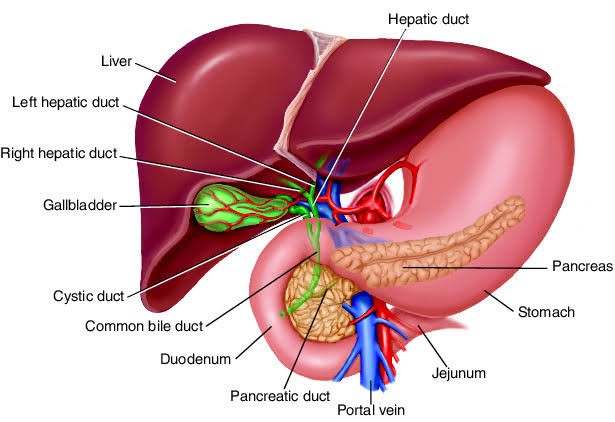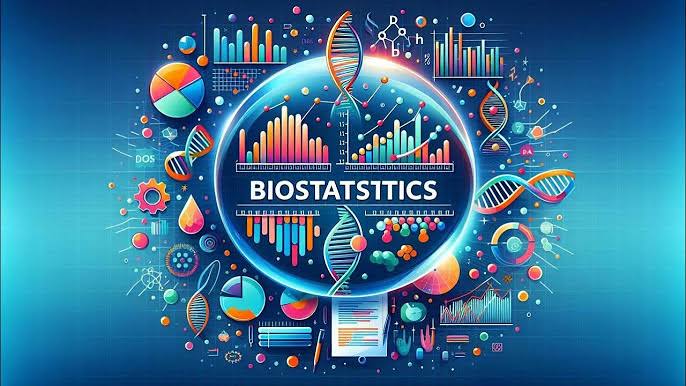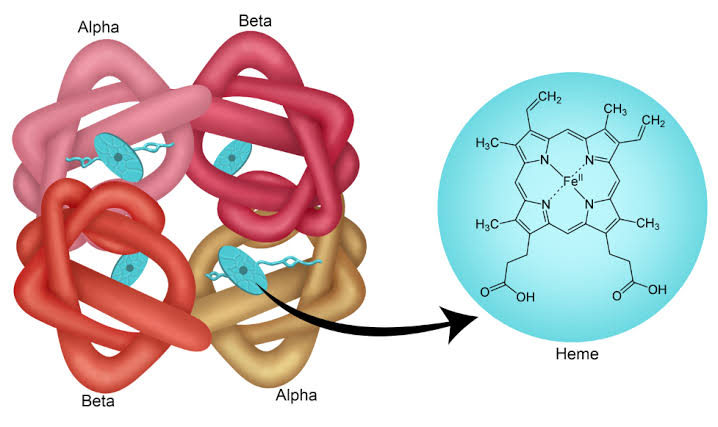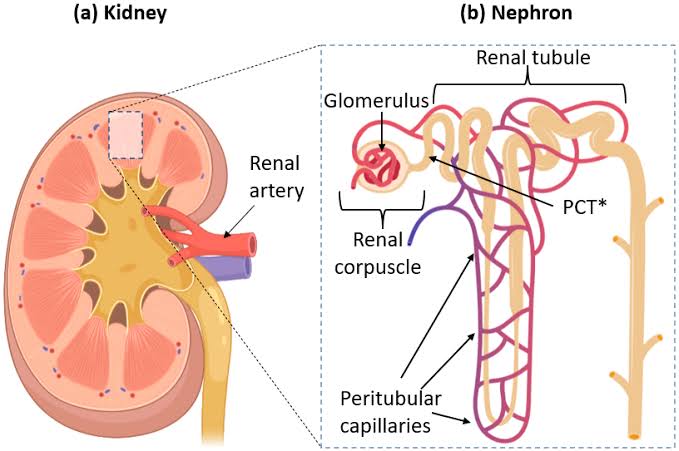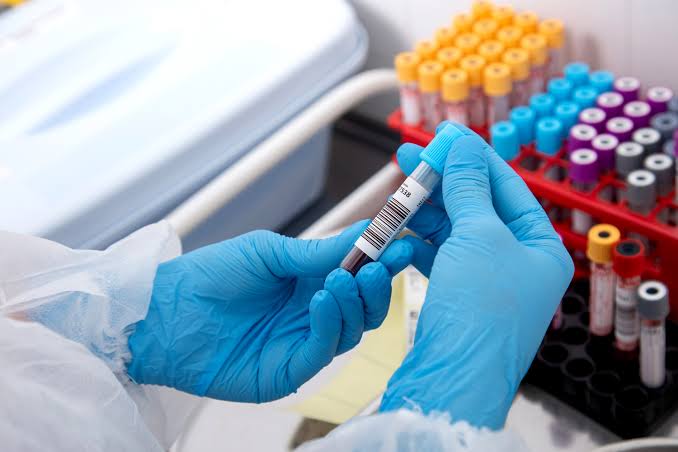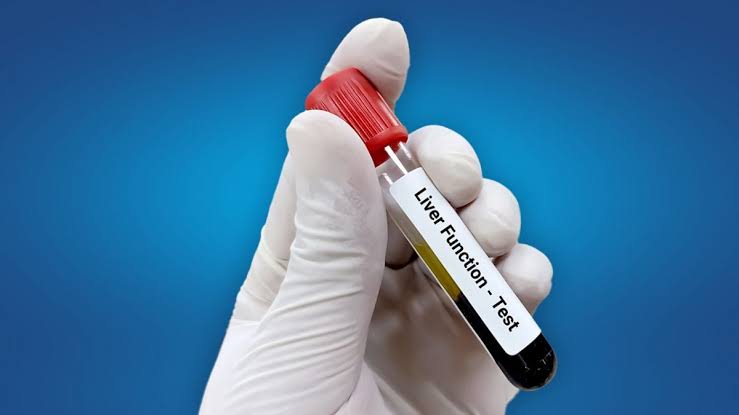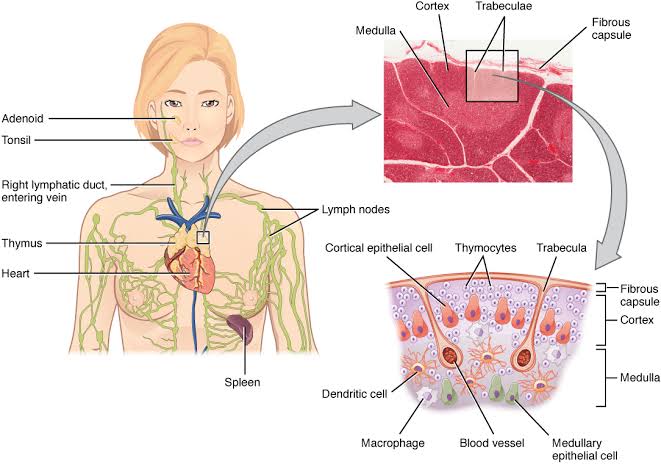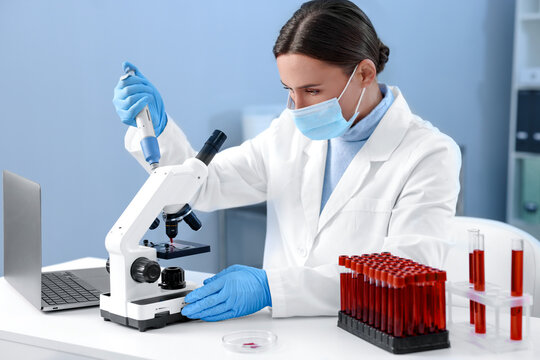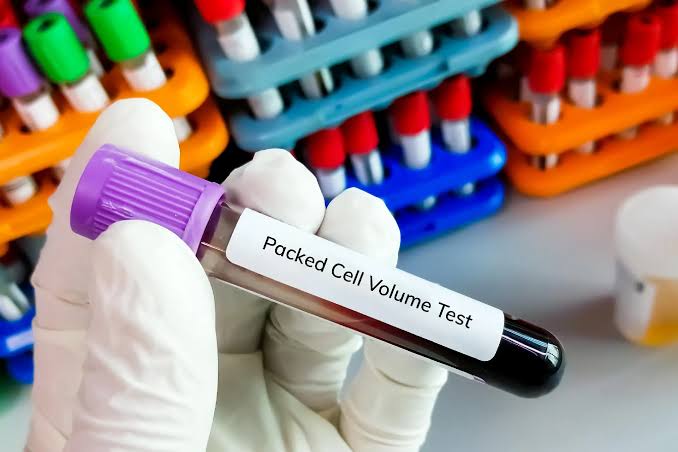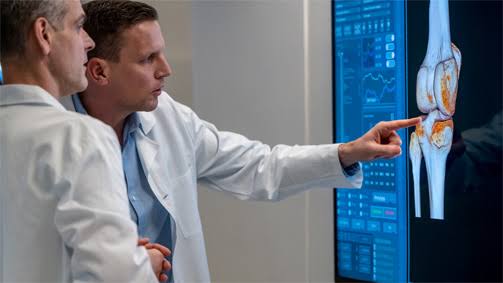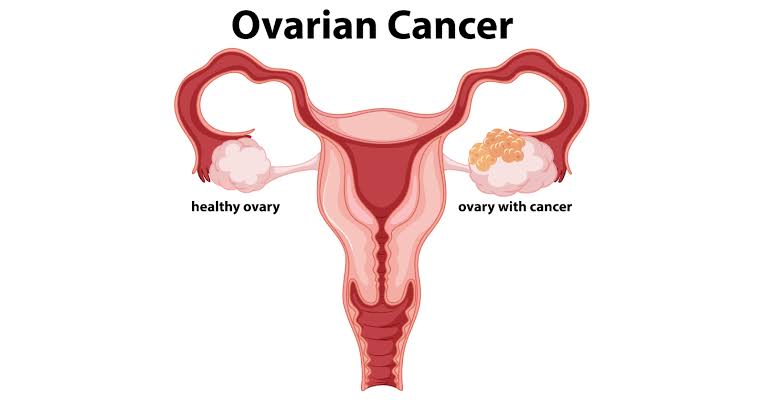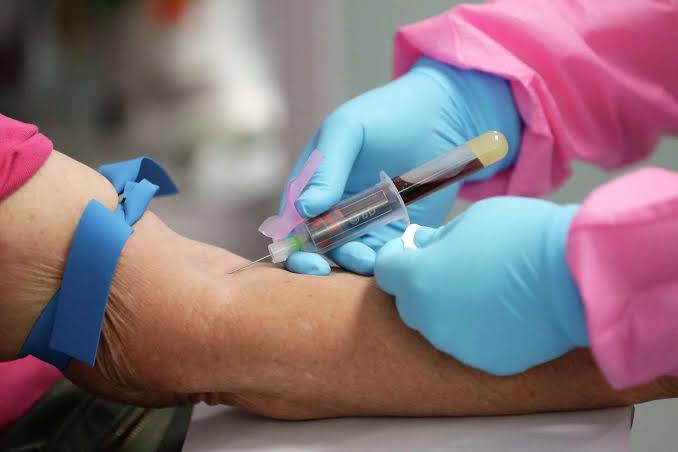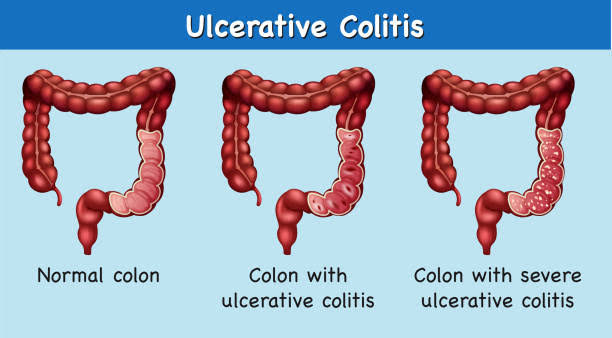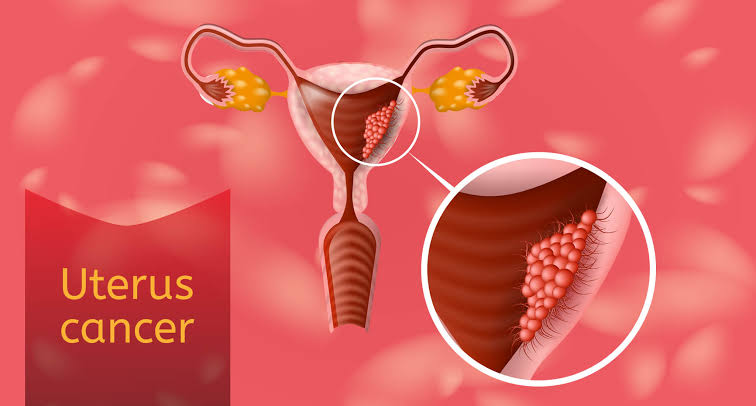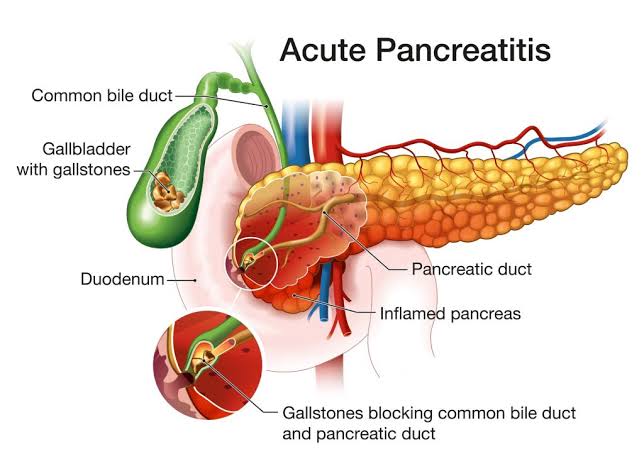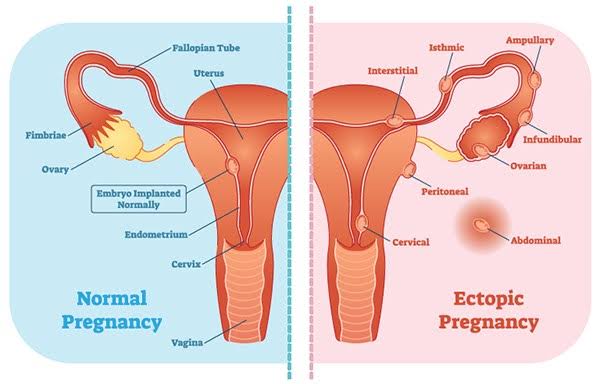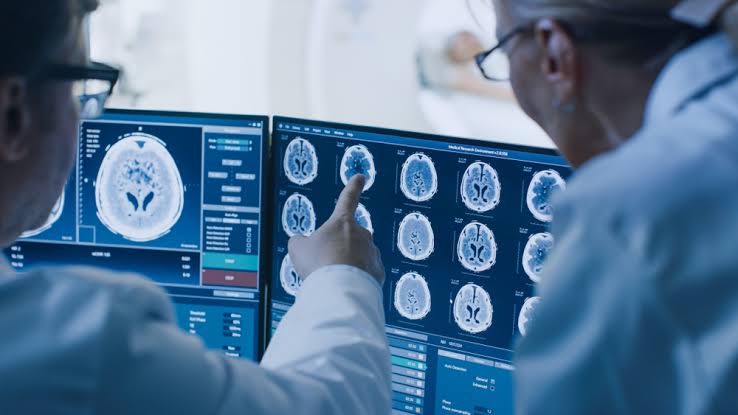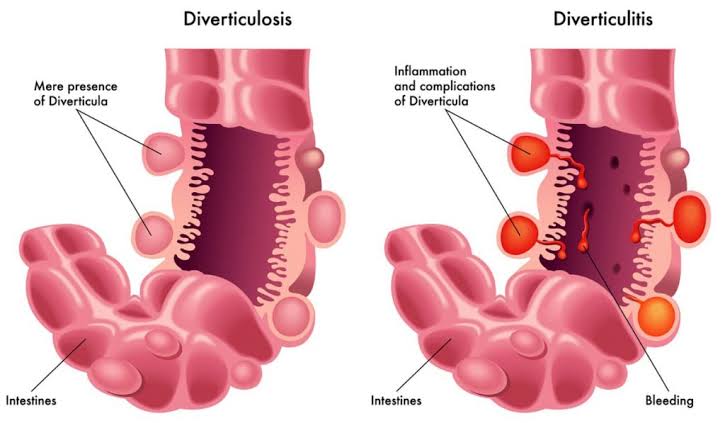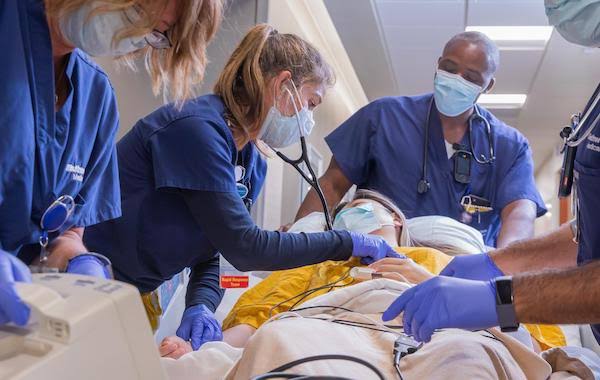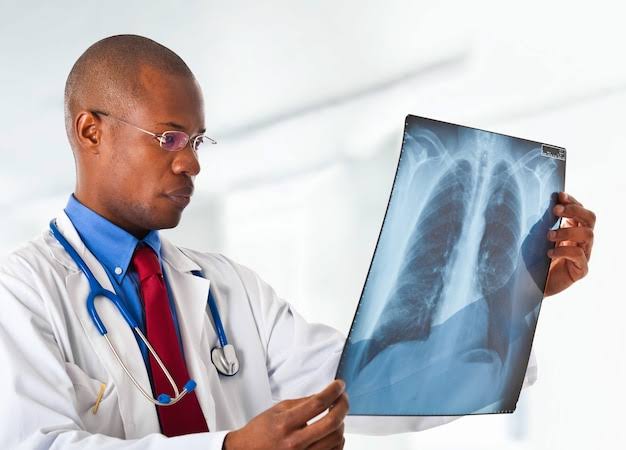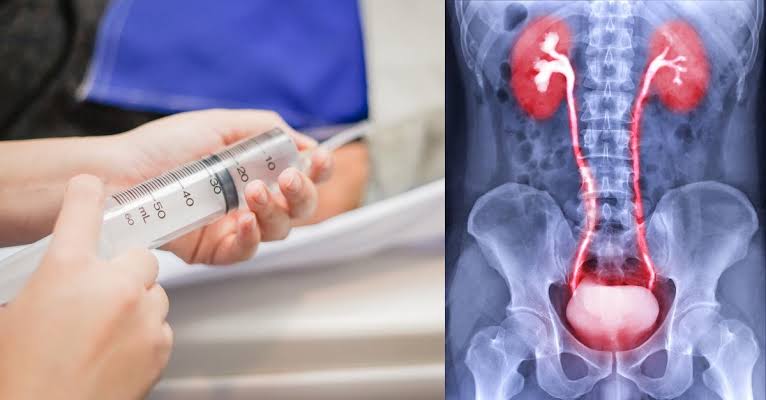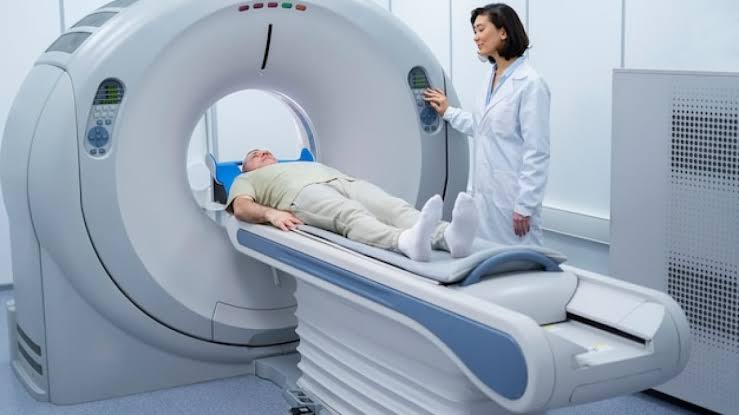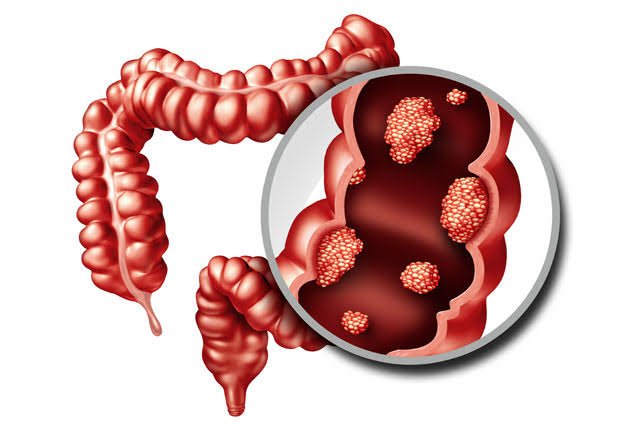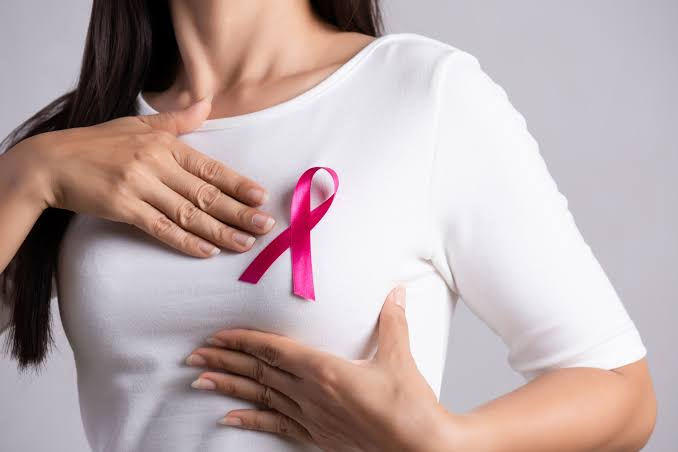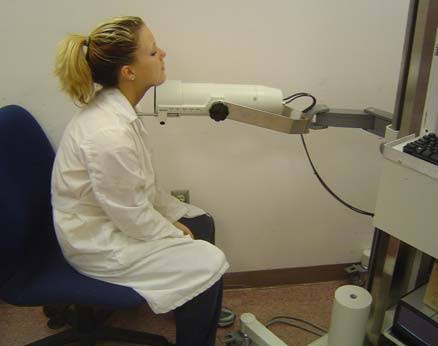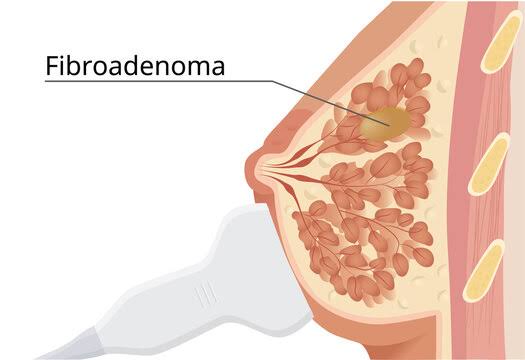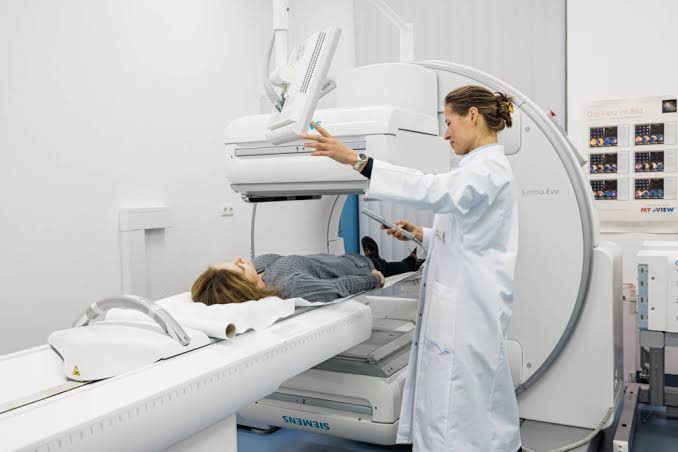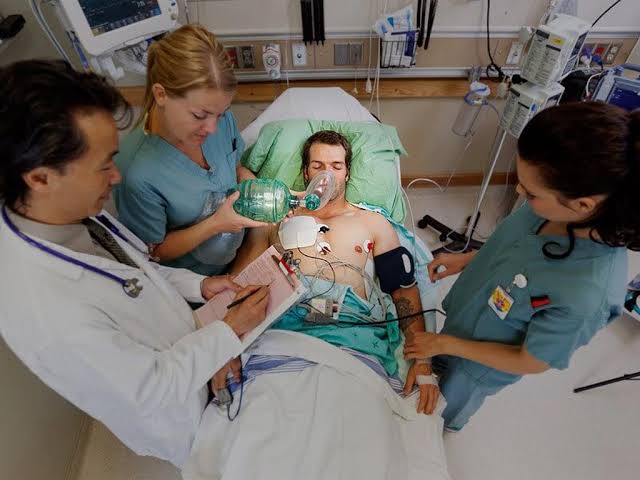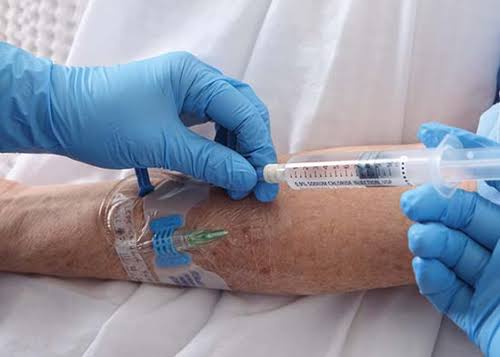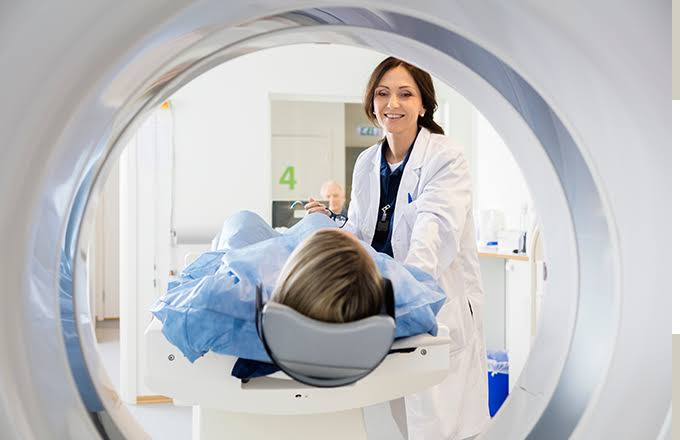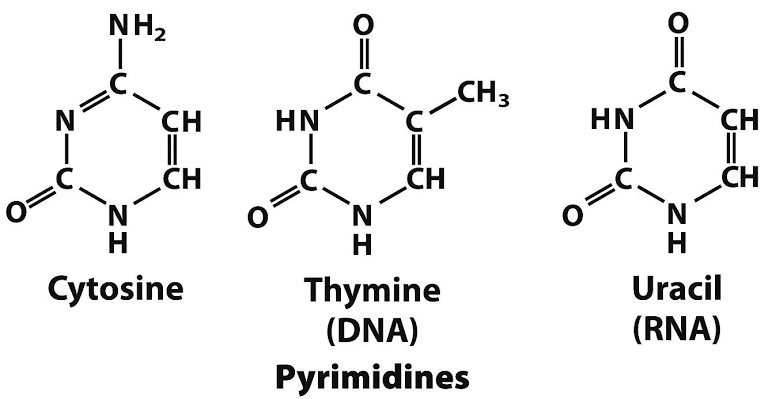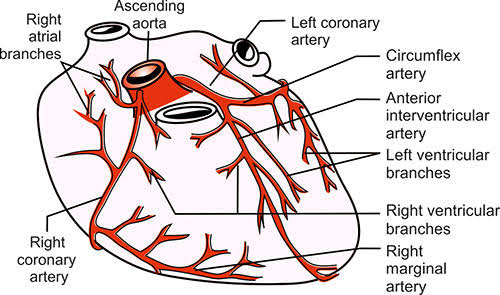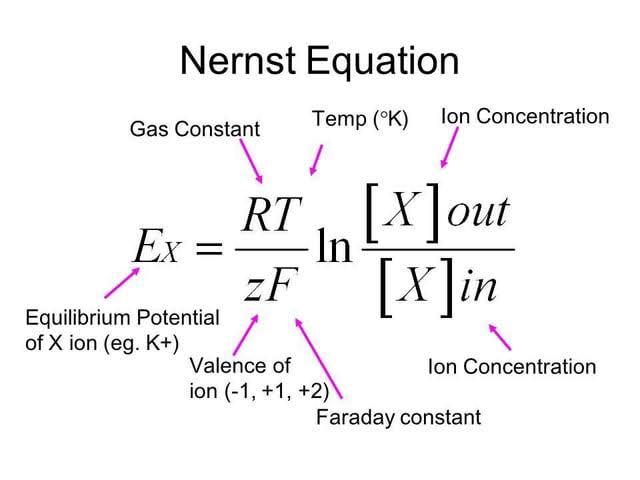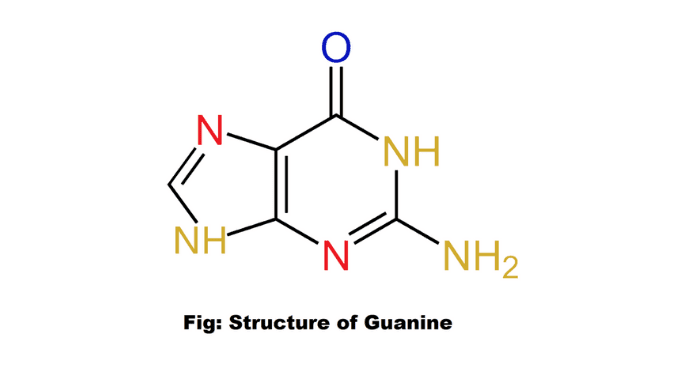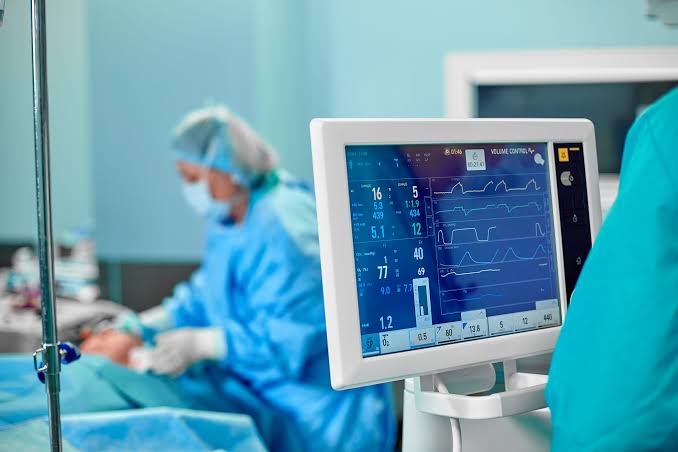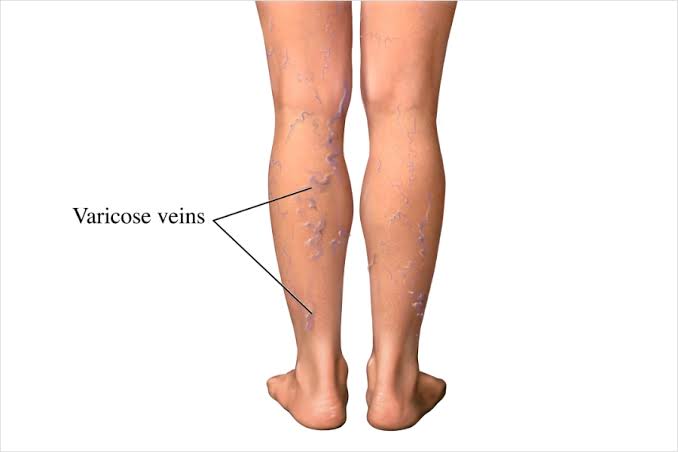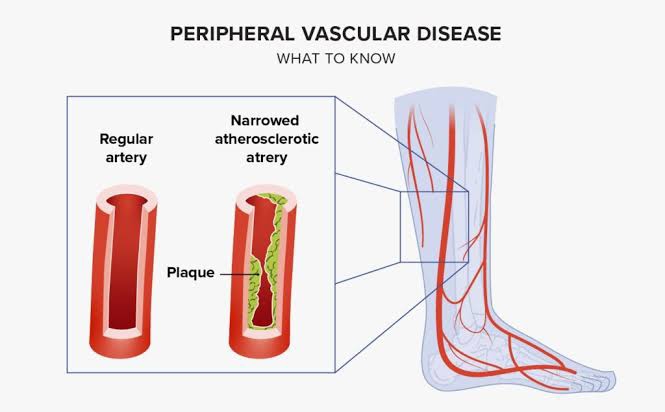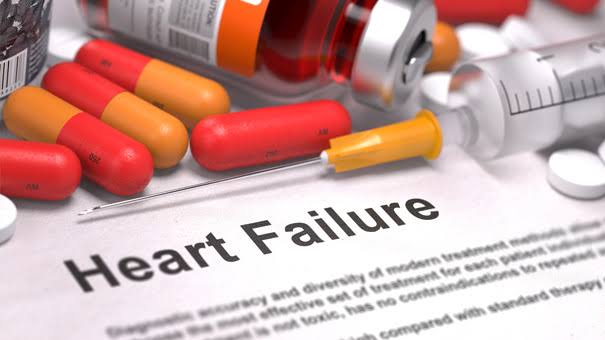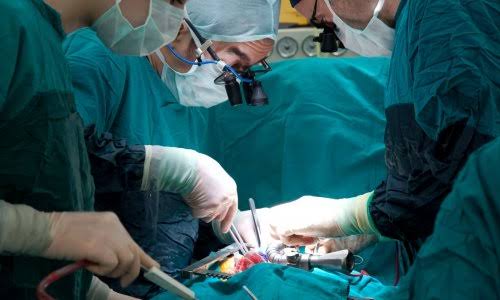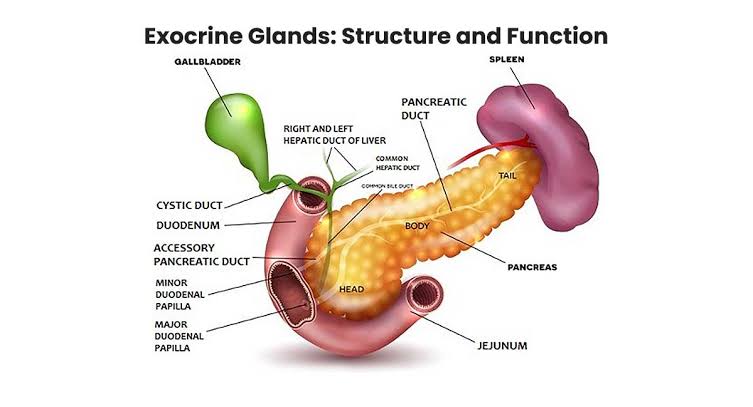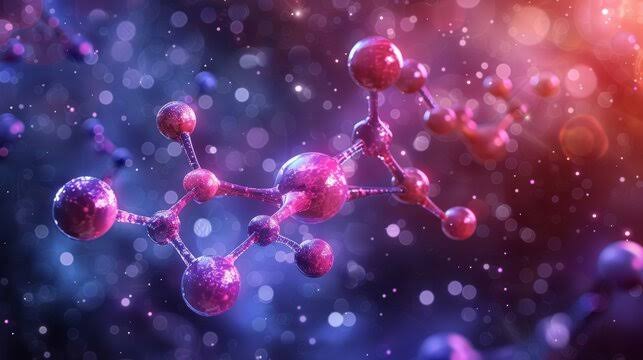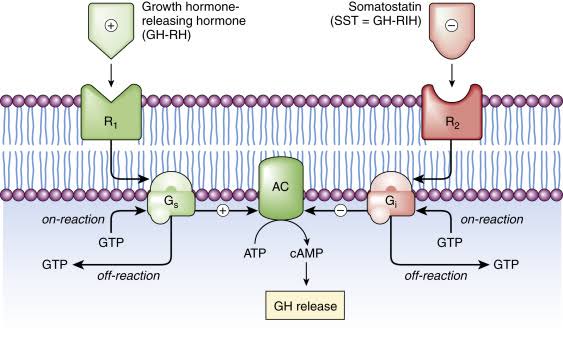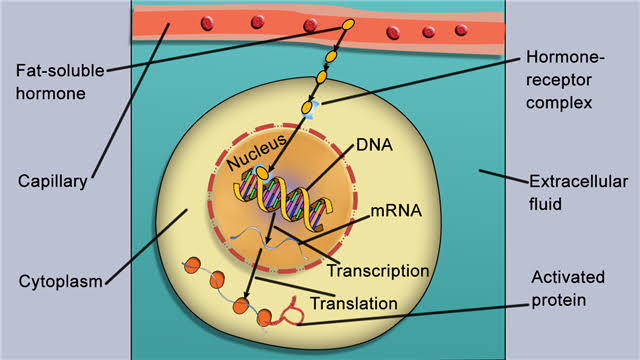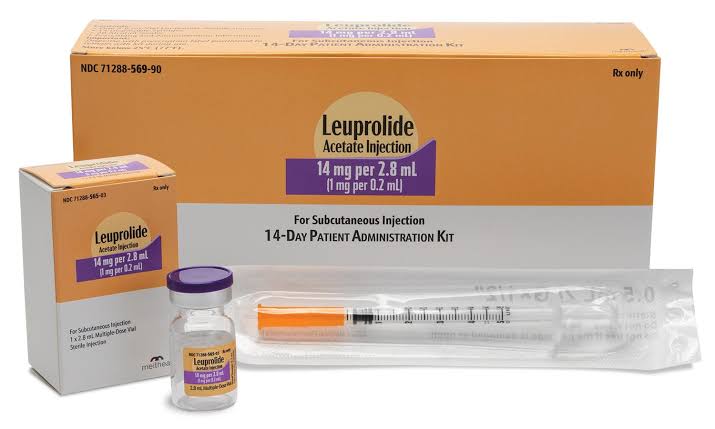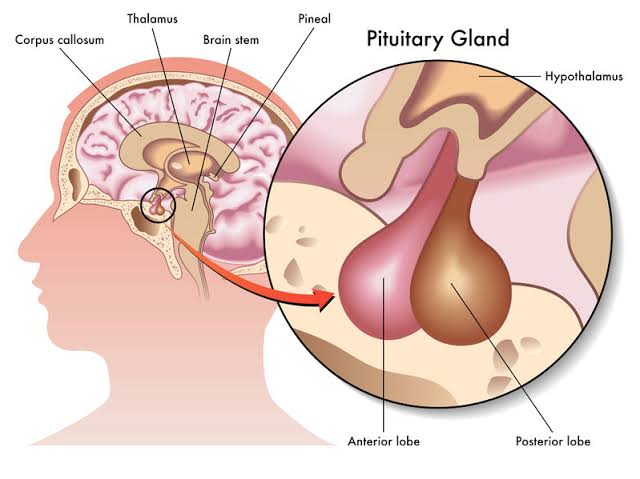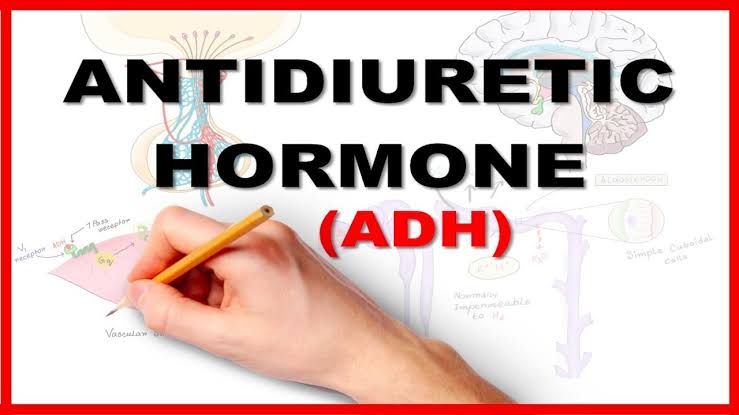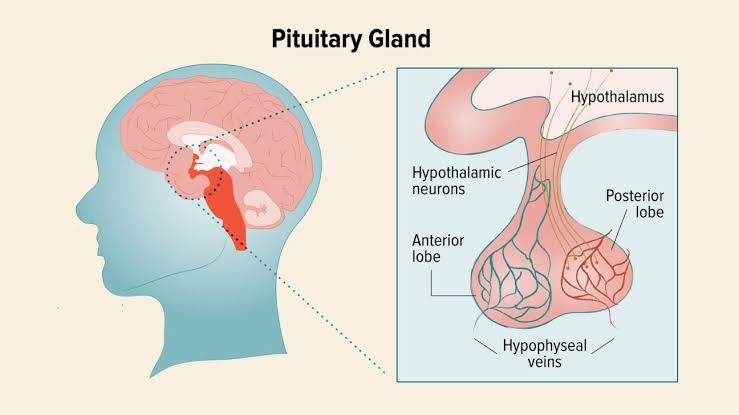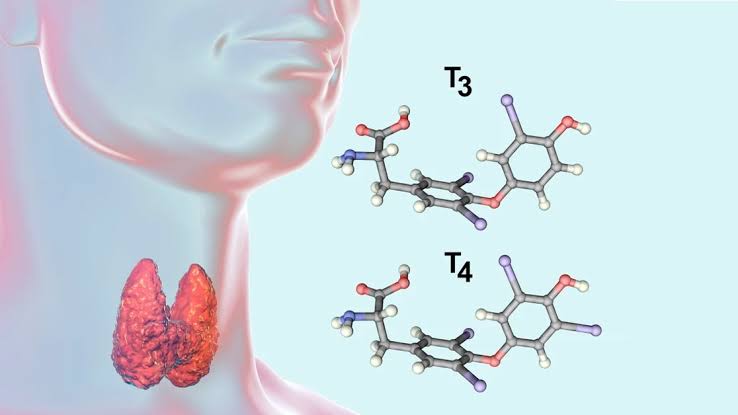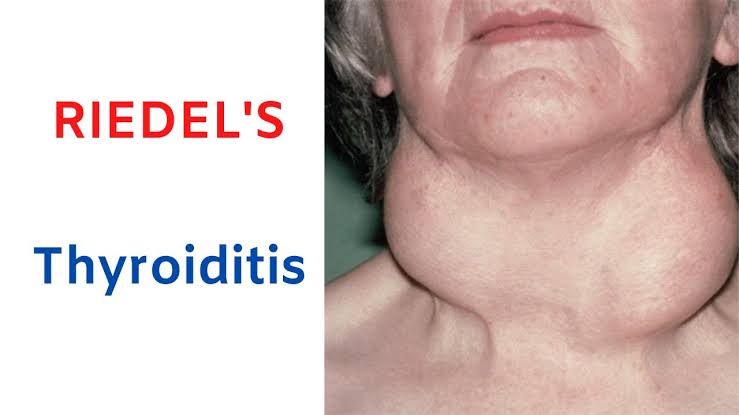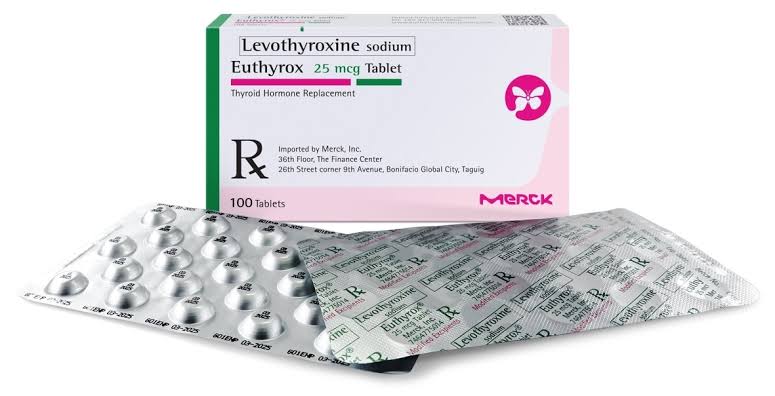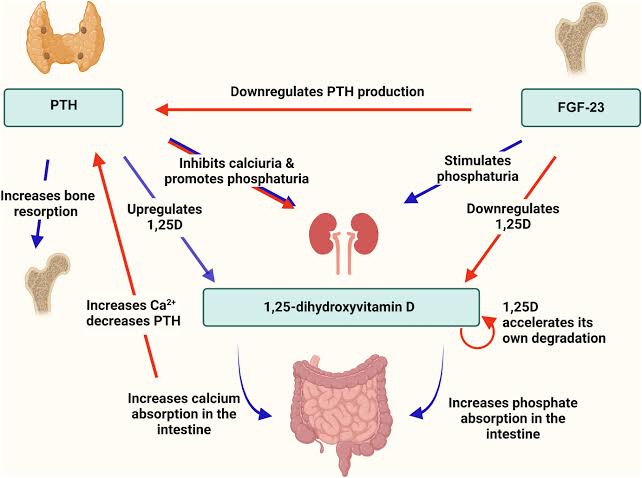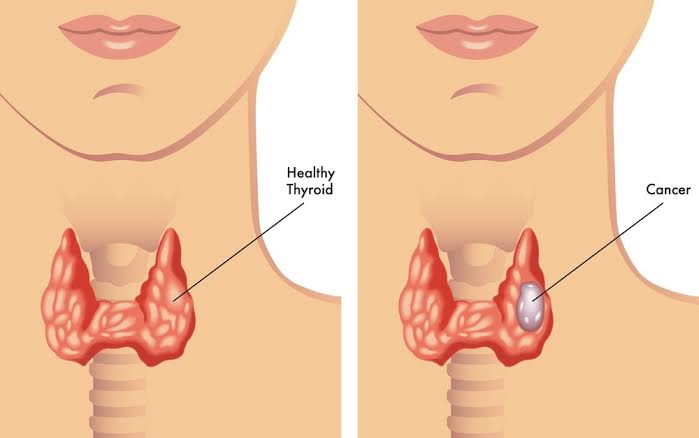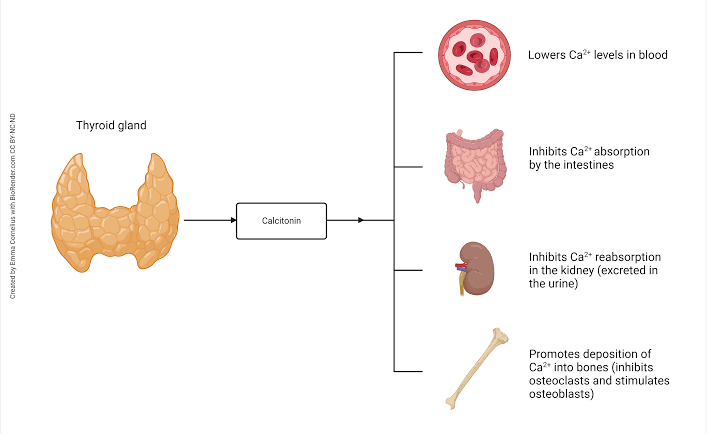Understanding Cloning Cloning, in a biological context, refers to the process of creating a genetically identical copy...
Month: May 2025
Bone tissue is a dynamic, living connective tissue that serves multiple critical functions, including structural support, protection...
Human blood and tissue types are defined by specific proteins, glycoproteins, or glycolipids (antigens) present on the...
Cardiac pumping, quantified primarily as cardiac output (CO) – the volume of blood pumped by the heart...
Pain is a complex, indispensable sensation that serves as a critical protective mechanism, alerting an organism to...
The liver, the largest internal organ in the human body, plays a critical and multifaceted role in...
Drug-induced organ toxicity is a significant clinical challenge, representing a common cause of morbidity and mortality. While...
Parkinson’s Disease (PD) is a chronic, progressive neurodegenerative disorder that primarily affects the motor system. While its...
Infertility is a deeply personal and often challenging journey for many couples. Affecting millions worldwide, it is...
The cardiac cycle represents the complete sequence of events that occur within the heart during a single...
Arterial aneurysms represent localized dilatations or ballooning of an artery wall, resulting from weakening of the vessel’s...
Inherited metabolic disorders represent a diverse group of genetic conditions that affect the body’s ability to produce...
In today’s data-driven world, from scientific research and business analytics to public policy and everyday decision-making, the...
Introduction to Cholinergic Antagonists Cholinergic antagonists are a class of pharmacological agents that inhibit the action of...
Heme is a vital biological molecule, integral to the function of numerous proteins involved in oxygen transport,...
Vomiting, also known as emesis, is a complex protective reflex coordinated by the central nervous system that...
Defining Menorrhagia Menorrhagia is a term used to describe abnormally heavy or prolonged menstrual bleeding. While variations...
The kidneys play a pivotal role in maintaining homeostasis, including the elimination of many drugs and their...
The kidneys are sophisticated organs responsible for filtering waste products from the blood, regulating electrolyte balance, maintaining...
Cardiovascular diseases (CVDs) remain a leading cause of morbidity and mortality worldwide. Accurate and timely diagnosis is...
Hyperemesis Gravidarum (HG) is a severe and potentially debilitating condition of pregnancy characterized by extreme nausea and...
Liver Function Tests (LFTs), also known as a liver panel, are a group of blood tests that...
Accurate diagnosis of sexually transmitted diseases (STDs), also known as sexually transmitted infections (STIs), is paramount for...
The lymphatic system is a vital component of the immune system, comprising a network of vessels, tissues,...
Examination of a stained peripheral blood smear is a cornerstone technique in clinical pathology and biological research....
Understanding Hydrocephalus: Recognition, Causes, Types, and Treatment Hydrocephalus, often referred to as “water on the brain,” is...
Hematology is a vital branch of medicine and clinical pathology concerned with the study of blood, blood-forming...
Anemia in pregnancy is a significant global health challenge, associated with adverse outcomes for both the mother...
Immunosuppressant drugs are a critical class of medications used in various medical settings to modulate the activity...
Accurate interpretation of musculoskeletal imaging studies is a cornerstone of patient care in numerous medical disciplines. It...
Large bowel obstruction (LBO) is a critical clinical entity requiring prompt diagnosis and management. It represents a...
Ovarian cancer represents a complex and challenging group of malignancies arising from the ovaries. Often diagnosed at...
The Neural Mechanisms of Pain Sensation and Its Control Pain, or nociception, is a vital protective mechanism...
Blood culture is a critical diagnostic tool for identifying bloodstream infections (BSI), a life-threatening condition. The accuracy...
Inflammatory Bowel Disease (IBD) encompasses a group of chronic inflammatory conditions affecting the gastrointestinal tract. The two...
Uterine cancer, also known as endometrial cancer in the vast majority of cases, is a malignancy that...
Substance use disorders (SUDs) represent complex chronic diseases characterized by compulsive drug seeking and use despite harmful...
The pancreas is a vital organ playing a dual role in digestion (exocrine function, producing enzymes) and...
Major Groups of Drugs Used in the Treatment of Hypertension Several distinct drug classes target different physiological...
Hypertension, commonly known as high blood pressure, is a pervasive global health challenge. Often termed the “silent...
Ectopic pregnancy represents a significant and potentially life-threatening complication of early gestation. Unlike a typical pregnancy where...
The Central Nervous System (CNS), comprising the brain and spinal cord, is a marvel of biological complexity,...
1. Diverticular Disease Diverticular disease refers to the presence of diverticula – small, bulging pouches that can...
Diabetes in pregnancy is a significant health consideration impacting both maternal and fetal well-being. Effective management is...
Defining Cardiovascular Disease (CVD) Cardiovascular Disease (CVD) is a broad term encompassing a range of conditions that...
Understanding the normal appearance of thoracic structures on imaging is the bedrock of chest radiology interpretation. The...
Emergency Room Management of Spinal Trauma Spinal trauma is a critical and potentially devastating injury that demands...
A thorough history and comprehensive physical examination form the bedrock of effective clinical care in obstetrics and...
Hyperlipidemia, characterized by abnormally elevated levels of lipids or lipoproteins in the blood, is a major modifiable...
Diagnostic imaging plays a critical role in modern medicine, enabling healthcare professionals to visualize internal structures and...
Cancer treatment is a complex and evolving field, utilizing various strategies to combat the disease. Among the...
Understanding Intracranial Pathology Intracranial masses represent a significant challenge in neurology and neurosurgery. They can arise from...
Acute Appendicitis and Related Conditions Acute appendicitis, the inflammation of the vermiform appendix, is a common cause...
Introduction to PET Imaging Positron Emission Tomography (PET) imaging is a non-invasive diagnostic technique that involves the...
Traumatic brain injury (TBI) is a leading cause of morbidity and mortality globally. Prompt and accurate neurological...
Carcinoma of the colon and rectum, often referred to collectively as colorectal cancer (CRC), is a significant...
Breast cancer is a complex disease characterized by the uncontrolled growth of cells in the breast tissue....
The thyroid gland, a small endocrine organ located at the base of the neck, plays a critical...
Finding a lump in the breast can be a source of significant anxiety. While the primary concern...
Renal imaging plays a crucial role in diagnosing and managing various kidney conditions in pediatric patients. While...
Understanding Wound Healing: A Comprehensive Overview Wound healing is a complex, dynamic biological process crucial for restoring...
The Ventilation-Perfusion (V/Q) scan is a nuclear medicine imaging test used to evaluate the airflow (ventilation) and...
Surgical procedures, while often life-saving or life-enhancing, carry an inherent risk of infection. Postoperative infections can significantly...
Management of Major Burns: A Comprehensive Overview Managing a patient with major burns requires a systematic and...
Shock represents a critical state of inadequate tissue perfusion and oxygen delivery, leading to cellular dysfunction, organ...
Understanding and Identifying Bleeding Disorders Bleeding disorders represent a diverse group of conditions characterized by impaired hemostasis,...
Defining Transplantation Surgery At its core, transplantation surgery is a medical procedure that involves replacing a diseased,...
Introduction: The Importance of Body Fluid Homeostasis The human body is composed largely of water, which serves...
Nuclear medicine, a specialized field of medical imaging, offers unique insights into various bodily functions. Among its...
The heart, a continuously working muscle, requires a constant and substantial supply of oxygenated blood to meet...
Recognizing and Contrasting Pyrimidine Structures Pyrimidines are one of the two main classes of nitrogenous bases found...
The heart is a remarkable organ requiring a constant and robust supply of oxygenated blood to perform...
The Language of the ECG: Waves, Intervals, and Segments The standard ECG tracing is a graphical representation...
Defining the Nernst Potential The Nernst potential (or equilibrium potential, symbolized as Eion) for a specific ion is the...
Introduction to Nuclear Medicine: A Guide for Medical Students Welcome to an introduction to the fascinating field...
Purines are fundamental components of life, serving crucial roles as the building blocks of nucleic acids (DNA...
Understanding Cellular Electrophysiology: Ion Distribution, The Goldman Equation, and Resting Membrane Potential Cellular life depends critically on...
Therapeutic Strategies for Angina Pectoris This guide outlines the established therapeutic strategies for managing angina pectoris, a...
Understanding Cardiovascular Adaptation: Blood Flow to Skeletal Muscle During Rest and Exercise The human cardiovascular system is...
Cardiovascular disease (CVD), encompassing conditions like heart attacks, strokes, and coronary artery disease, remains one of the...
Understanding and Interpreting the Electrocardiogram (ECG) The Electrocardiogram (ECG or EKG) is a fundamental diagnostic tool in...
Introduction to Vascular Pathology The vascular system, comprising arteries, veins, and capillaries, is essential for circulating blood...
Definition of Peripheral Vascular Disease Peripheral vascular disease is a term used to describe the narrowing or...
Therapeutic Strategies in Congestive Cardiac Failure Congestive Cardiac Failure (CCF), more clinically termed Heart Failure (HF), is...
Understanding Cardiac Surgery Cardiac surgery represents a critical and often life-saving intervention for various severe heart conditions....
Differentiating Endocrine and Exocrine Glands The primary distinction between endocrine and exocrine glands lies in the destination and mode of...
The human body is a complex system reliant on intricate communication networks to maintain homeostasis, growth, development,...
Understanding Hormones Hormones are essential chemical messengers produced by endocrine glands that travel through the bloodstream to...
1. Development of Endocrine Glands Endocrine glands arise from different embryonic germ layers (ectoderm, mesoderm, and endoderm)...
Structure of Cell Membrane Receptors and Intracellular Receptors for Different Hormones Cell membrane receptors and intracellular receptors...
Mechanism of Action of Peptide Hormones Peptide hormones are water-soluble and cannot diffuse through the lipid bilayer...
Adenohypophyseal and Neurohypophyseal Hormones (a) Adenohypophyseal Hormones (Anterior Pituitary) The anterior pituitary, also known as the adenohypophysis,...
Synthetic Analogs of Hypothalamic Hormones Synthetic analogs of hypothalamic hormones are designed to mimic or modulate the...
Growth and Metabolic Effects of Growth Hormone Growth hormone (GH) exerts significant effects on both growth and metabolism....
Physiological Effects of Antidiuretic Hormone (ADH) Antidiuretic hormone (ADH), also known as vasopressin, plays a critical role...
Neoplasms of the Anterior Pituitary and Their Clinical Syndromes The anterior pituitary gland is a critical endocrine...
The anterior pituitary hormones are critical regulators of various physiological processes, including growth, metabolism, reproduction, and stress...
Thyroid Hormone Biosynthesis: Monoiodotyrosines, Diiodotyrosines, T3, T4, and Reverse T3 Thyroid hormone biosynthesis occurs in the thyroid...
Physiological Aspects Related to the Formation and Secretion of Thyroid Hormones The formation and secretion of thyroid...
Thyrotoxicosis, Diffuse Hyperplasia of Thyroid, and Graves’ Disease 1. Definition and Pathogenesis of Thyrotoxicosis Thyrotoxicosis refers to...
Pharmacology of Thyroid Hormones Thyroid hormones, primarily thyroxine (T4) and triiodothyronine (T3), are essential regulators of metabolism,...
Absorption, Metabolism, and Excretion of Calcium and Phosphate Calcium Absorption, Metabolism, and Excretion: Absorption: Calcium is absorbed primarily...
Adenomas and Carcinomas: Differential Diagnosis Adenomas are benign (non-cancerous) tumors that arise from glandular tissue. In the context...
Structure of Calcitonin Calcitonin is a peptide hormone composed of 32 amino acids. Its structure includes a disulfide...



